Embarking on a Kilimanjaro expedition with kids promises unforgettable memories and a deep appreciation for nature. Yet, thorough preparation is paramount. Here, we delve into essential considerations for this remarkable journey with your family.
Firstly, assess your children’s readiness, considering their age and physical fitness. While there’s no strict age limit, typically, children aged 10-12 or older fare better due to the trek’s demands. Acclimatization to altitude is critical; children may be more vulnerable to altitude sickness, necessitating a slow ascent and ample rest periods.
Choosing the right route is vital. The Marangu route, renowned for its gradual incline and cozy accommodations, is often favored by families. Safety is non-negotiable. Select a reputable tour operator with experience guiding families on Kilimanjaro, ensuring they prioritize safety measures and emergency protocols. Hiking Kilimanjaro with Kids Is Possible, but Requires Consideration!
Key Considerations for Hiking Kilimanjaro with Kids
Consider the Age of Your Children:
Consider the age of your children as a foundational factor in planning a successful Kilimanjaro expedition. Although there’s no strict age restriction, it’s generally recommended that children are at least 10-12 years old before attempting the climb. This age range allows for a certain level of physical and mental maturity necessary to cope with the challenges of the ascent. However, it’s essential to assess each child individually, considering their maturity level, physical fitness, and previous outdoor experience. Younger children may struggle with the rigors of the climb, both physically and mentally, so it’s crucial to gauge their readiness carefully.
Assess Physical Fitness:
Assessing your children’s physical fitness is paramount to ensure they can handle the demands of hiking at high altitudes for an extended period. Engaging in training hikes beforehand can be immensely beneficial in evaluating their endurance levels and readiness for the expedition. These preparatory hikes not only help build physical strength but also provide an opportunity to assess how well children adapt to outdoor conditions, including changes in terrain and weather.
Understand Altitude Considerations:
Understanding altitude considerations is essential for the safety and well-being of all climbers, regardless of age. Altitude sickness can affect anyone, regardless of their level of fitness or prior climbing experience. Children may be more susceptible to altitude-related illnesses due to their lower lung capacity and respiratory rates. Therefore, it’s crucial to take the climb at a slow and steady pace, allowing for adequate acclimatization and rest periods. Additionally, being aware of the symptoms of altitude sickness and having a plan in place to address them is vital for a successful climb.
Choose the Right Route:
Choosing the right route is a crucial decision when planning a Kilimanjaro expedition with children. While there are several routes to the summit, each varying in difficulty and scenery, some routes may be more suitable for families than others. The Marangu route, often referred to as the “Coca-Cola” route due to the availability of refreshments along the way, is one of the most popular routes for families. Known for its relatively gentle gradient and comfortable accommodations, the Marangu route provides a more straightforward ascent compared to other routes, making it a popular choice for families with children.
Prioritize Safety Measures:
Prioritizing safety measures is paramount when embarking on a Kilimanjaro expedition with children. Selecting a reputable tour operator with experience in guiding families up the mountain is essential. A reliable operator will have trained guides who are knowledgeable about the unique needs of children and are equipped to handle any emergencies that may arise. Additionally, ensuring that the tour operator has proper safety protocols in place, including emergency evacuation procedures and access to medical assistance, is essential for peace of mind throughout the climb.
Pace Yourself:
Pace yourself and your children accordingly throughout the ascent. Taking the climb at a slow and steady pace is essential for preventing exhaustion and reducing the risk of altitude-related illnesses. Children may tire more quickly than adults, so it’s essential to allow for plenty of rest breaks and hydration stops along the way. Listen to your children’s cues and adjust your pace accordingly to ensure they remain comfortable and motivated throughout the climb.
Equip Your Children with the Right Gear:
Equipping your children with the right gear is essential for their comfort and safety during the expedition. Proper clothing and footwear are crucial for protection against the elements, including cold temperatures, wind, and precipitation. Sturdy hiking boots with good ankle support are essential for navigating uneven terrain, while warm layers and waterproof outerwear help regulate body temperature and protect against moisture. A high-quality sleeping bag designed for cold temperatures is essential for ensuring a comfortable night’s rest at higher elevations.
Consult with a Doctor:
Consulting with a doctor before the climb is highly recommended to ensure that your children are in good health and adequately prepared for the challenges of high-altitude trekking. A thorough medical evaluation can help identify any underlying medical conditions or risk factors that may affect your children’s ability to safely participate in the expedition. Your doctor can also provide valuable advice and recommendations for preparing your children physically and mentally for the climb, including guidance on altitude sickness prevention and management strategies. By taking proactive measures to ensure your children’s health and safety, you can help ensure a memorable and rewarding experience for the entire family.
Hiking Kilimanjaro with kids can be an incredible experience that strengthens bonds and creates lifelong memories. By considering the age and readiness of your children, prioritizing safety measures, and being well-prepared for the challenges of high-altitude hiking, you can embark on this adventure with confidence and create an unforgettable journey for your family.
Embark on an unforgettable journey through Tanzania’s breathtaking national parks, each a testament to the awe-inspiring beauty of nature. Witness the iconic Serengeti, where the earth comes alive with the grandeur of the wildlife migration, and also visit Tanzania’s hidden treasures, Ruaha National Park, and Selous Game Reserve. Traverse the Ngorongoro Crater, a haven for diverse wildlife, and immerse yourself in its captivating scenery.
But the adventure doesn’t end there. Dare to conquer Kilimanjaro, Africa’s majestic rooftop, and be rewarded with unparalleled vistas that will forever etch themselves into your memory. Then, surrender to the allure of Zanzibar‘s pristine beaches, where turquoise waters gently kiss white sands, offering a tranquil escape like no other.
Join us on a Tanzania safari tour and unlock the wonders of this extraordinary country, where every moment promises to be an exploration of beauty and discovery.

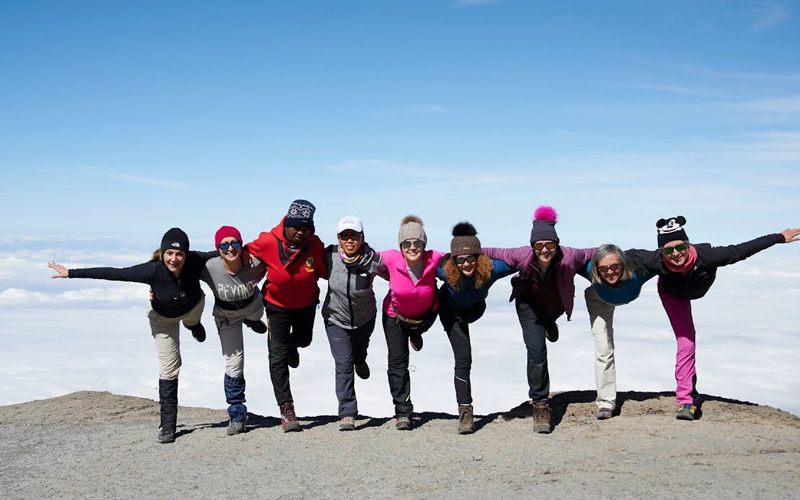
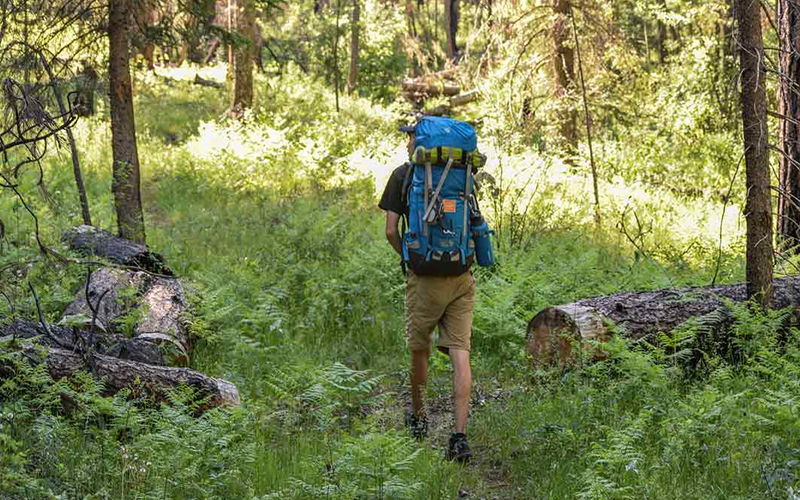
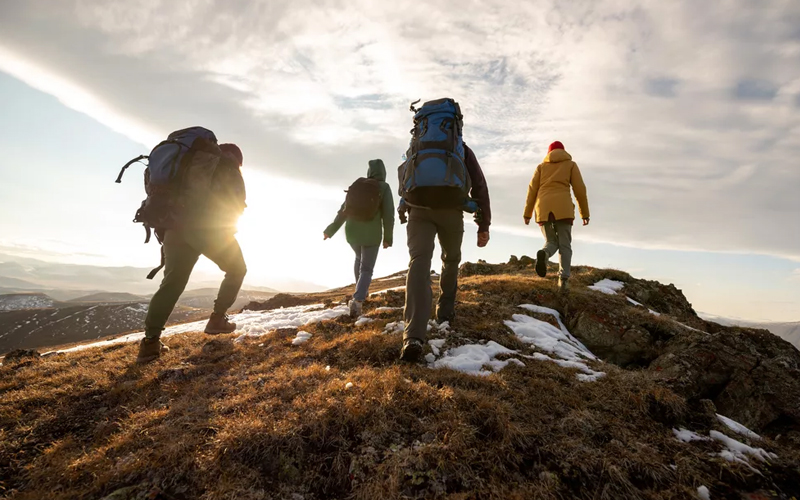
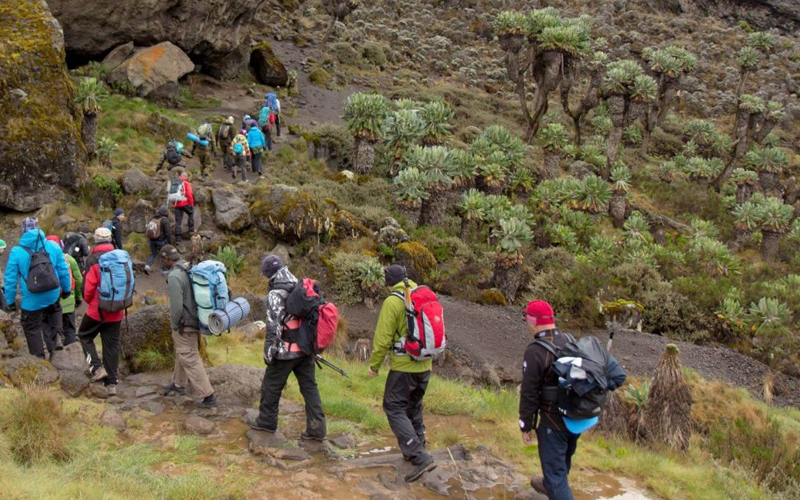
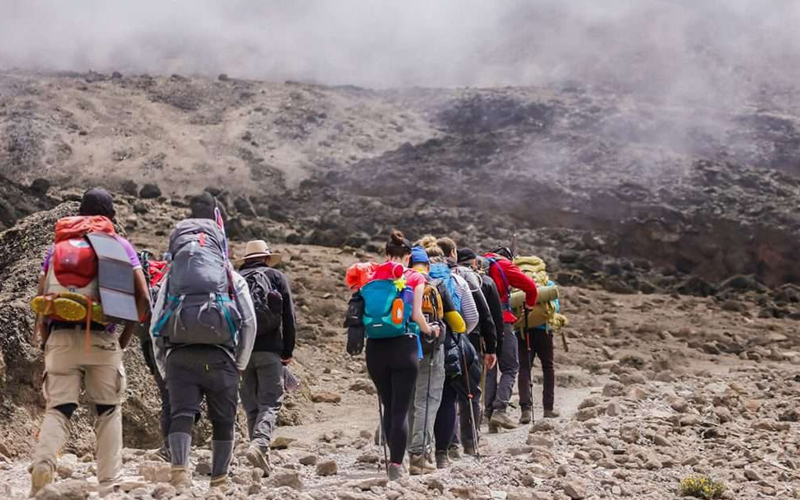
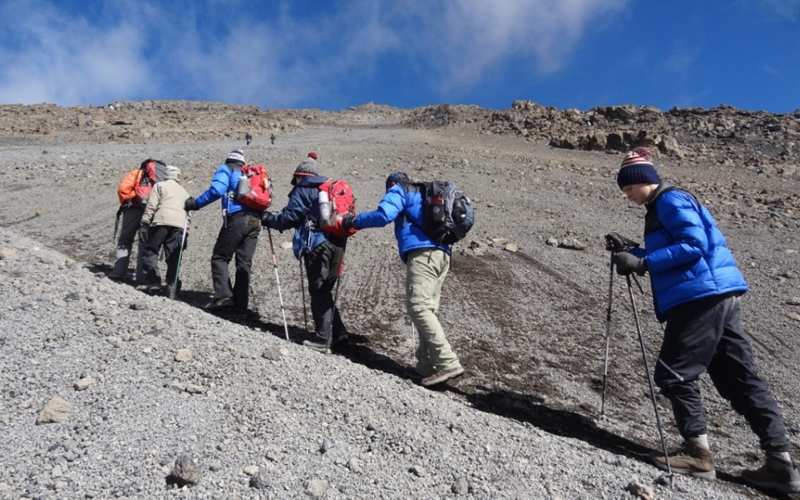
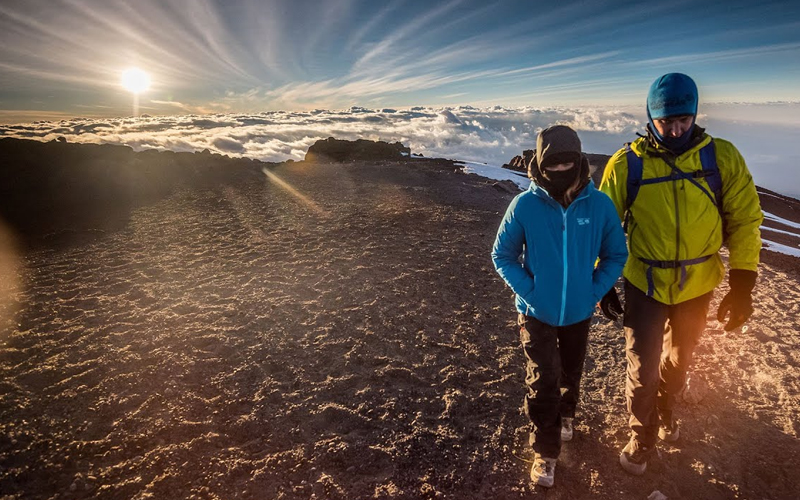

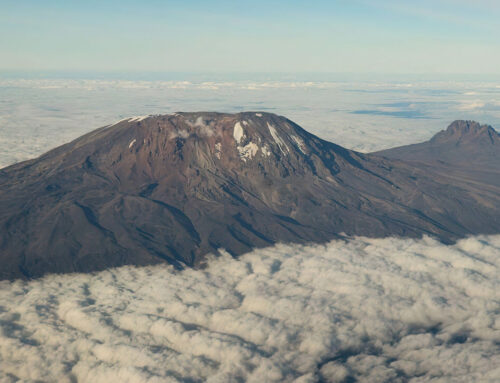
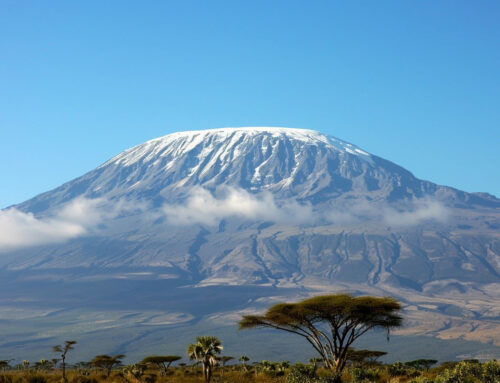
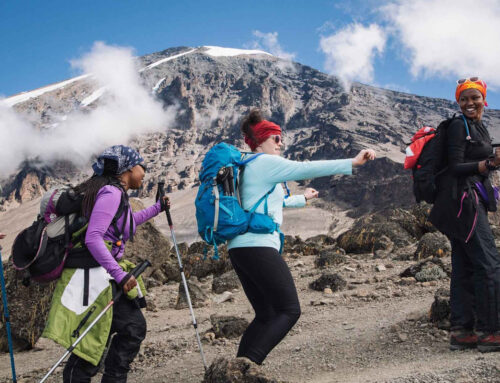

Leave A Comment